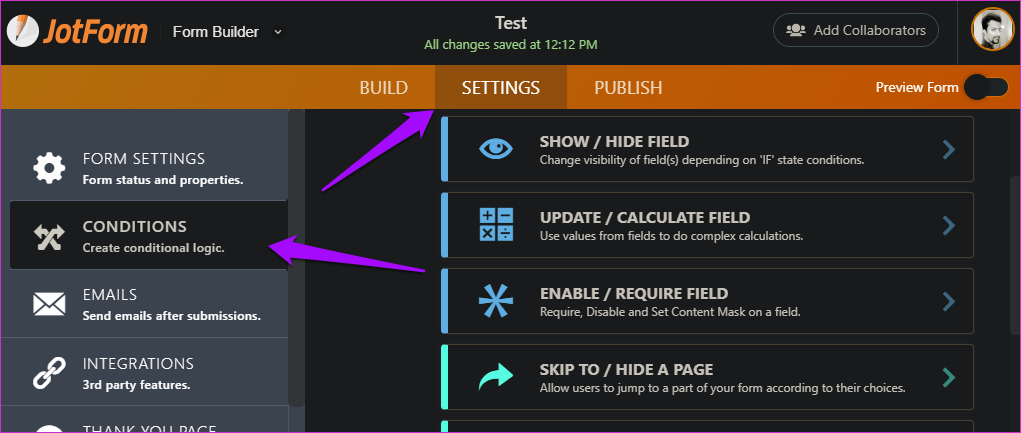
And the restricted feature only allows those users to fill the form who’s first-hand seen the post linked to the form, instead of through viral reach. The higher intent feature lets users recheck their information while submitting the form, adding another step that optimistic marketers like me think may discourage unqualifiable candidates shy away from submitting the form. While it can slow down a customer while they’re filling your form, it can be a filtering mechanism which can help qualify customers for the next step in your sales process.Īnother hack is to use the higher intent or restricted feature for Facebook lead forms. Another tip is to add custom questions to your Facebook form. But mind you, detailed targeting can be tricky and can even cost higher than website click ads that may take your users to Google or JotForm. You can also retarget your audience to create pin-point targeting and reach a better quality audience. However, on selecting detailed targeting options like age group, locations, interests or demographics, I have been able to generate a relatively better quality of leads from the forms. However, the quantity of leads is always good. Because these forms are only available on Facebook or Instagram and are auto-fillable with user data, the quality of the leads can be skewed unless you target people through a proper strategy.įor example, in my experience, open targeting for Facebook leads while costs less, it does generate random results and the leads received through the form are a bit low quality. Facebook forms:įacebook forms, however, are a different story. If you’re sharing links directly among your circle, the leads are bound to be good, and if you’re generating leads through ads, your targeting strategy can determine the kind of leads being generated. For Google and JotForm, because their links can easily be generated and shared or embedded, the quality of leads depends upon the quality of targeting that generates traffic to said forms. The quality of leads on each platform depends on the quality of the form itself, and the channel through which users are visiting said platform. The Quality Of Leads: Google Forms and JotForm:

It’s also easier to set up and track than Facebook leads, and that’s why Google wins this round fair and square. Why? Because Google has been the top choice of marketers and business owners for ages, being one of the most used platforms despite being introduced just 12 years back, as compared to JotForm’s foundation 14 years ago. The form is pretty accessible too, but it’s a little more tricky to set up, but once done, you can use to generate leads on the go as the form collects data from within Facebook and Instagram’s platforms and lets users auto-fill data as saved in their accounts. Facebook Forms:įacebook Lead Forms were introduced back in 2015 and became instantly popular due to the auto-fill feature the platform offers to its in-app users. While Google and Facebook forms can be created through your native account, JotForm is a third party tool which means you have to sign up separately, but that’s a small step and doesn’t take much time. However, that doesn’t take away the fact that while Google Forms are more popular and accessible, setting up a JotForm is equally easy. Now to be fair, JotForm has been around for longer than Google’s counterpart (only two years), but I got to know about it may be a few years back. They’re also accessible and easy to use, making them a winning contender in this category.

The point is, Google Forms have been around since 2008 (12 years, to be exact) and thus, are a popular way to generate leads for many businesses. I remember coming across the feature during my nerdy teenage years and loved it! I remember creating random forms and admiring them over and over again until I grew up and realized I needed a real hobby. Accessibility and Popularity Google Forms:īefore there was anything else, there were Google Forms (for me, anyway). JotForm, Facebook Lead Forms and Google Forms. In this blog, I’m going to go over three different lead generation tools that are commonly available to marketers, and which I’ve used to generate results for my clients, i.e. But fortunately, some tools help you generate both quality and quantity leads that can be used to get access to customer data for sales. And when it’s the agency who’s generating the leads – oh, boy – the pressure is tenfold. Lead generation is an important KPI businesses use to measure the success of their campaigns.


 0 kommentar(er)
0 kommentar(er)
